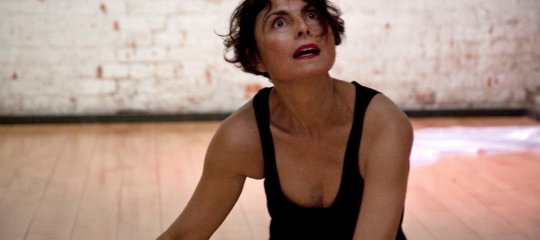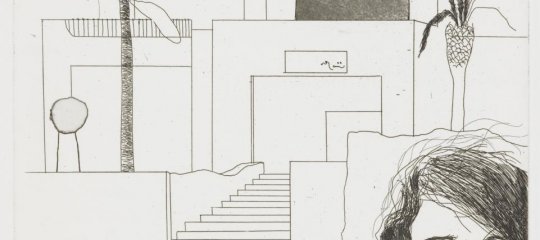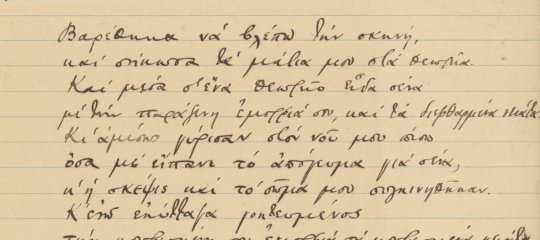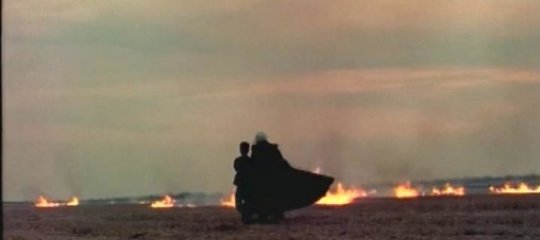Στα ξένα κει που περπατώ, στα ξένα που πηγαίνω ..
errante writes, "Μια νότα πολιτισμού και επικαιρότητας στη διδασκαλία των Νέων Ελληνικών.
"
11 Δεκεμβρίου 2006
Πρώτα πρώτα, χρωστάμε ένα ευχαριστώ στην κυρία Μήττα για τη συχνή ενημέρωσή μας σε ποικίλα επίκαιρα θέματα πολιτισμού. Με αφορμή τα κείμενα που μας στέλνει, έχω να προσθέσω για μερικά από αυτά τα εξής:

1. Σχετικά με το θέμα της αρχαιοκαπηλίας, ιδιαίτερο ενδιαφέρον παρουσιάζει μια έκθεση πραγματικά τόσο ασυνήθιστη όσο και αναγκαία επιτέλους. Μια έκθεση που ταξιδεύει σε διάφορες πόλεις. Τώρα βρίσκεται, όπως φαίνεται, στο Αρχαιολογικό Μουσείο της Νεμέας (30 Οκτωβρίου 2006 - 25 Φεβρουαρίου 2007). Φέρει τον τίτλο «Η Κλοπή της Ιστορίας».
Πληροφορίες:http://www.naftemporiki.gr/t+z/story.asp?id=1263836, http://www.kosmos936.gr/kosmos_details.asp?id=3535
http://www.anemon.gr/history_lost_photos.html
, με φωτογραφίες από την έκθεση «Η Κλοπή της Ιστορίας», στο Νέο Μουσείο Μπενάκη, στην Αθήνα, από την ομιλία του Colin Renfrew – Λόρδου Ρένφριου και καθηγητή στο Πανεπιστήμιο του Καίμπριτζ, αρχαιολόγου και φιλέλληνα, καλή του ώρα – από την έκθεση στη Λευκωσία και από τα σχετικά εκπαιδευτικά προγράμματα..
2. Με την ευκαιρία, στη σελίδα http://www.benaki.gr/exhibitions/gr υπάρχουν πληροφορίες για τις εκθέσεις, τωρινές και περασμένες, του μουσείου Μπενάκη. Έχουν μεγάλο ενδιαφέρον και υπέροχη ποικιλία σε θέματα πολιτισμού, η δε παρουσίασή τους γίνεται με σύντομα, λιτά κείμενα. Τα περισσότερα από τα κείμενα αυτά στο λογισμικό αναγνωσιμότητας της «Πύλης για την Ελληνική γλώσσα»
(http://www.greek-language.gr/greekLang/modern_greek/foreign/tools/readability/index.html) εμφανίζουν δείκτη αναγνωσιμότητας που ανταποκρίνεται στο επίπεδο της Γ΄ Γυμνασίου – Α΄ Λυκείου, δηλαδή βαθμό δυσκολίας που χαρακτηρίζει το κείμενο από αρκετά εύκολο ως μέσου επιπέδου, ανάλογα με τον δείκτη. Τηρουμένων των αναλογιών, μέσου και προχωρημένου επιπέδου για ξενόγλωσσους φοιτητές, αλλά λόγω της συντομίας τους, μπορούν ίσως να χρησιμοποιηθούν για άσκηση και σε χαμηλότερα επίπεδα.

3. Όσον αφορά το κείμενο για το μηχανισμό των Αντικυθήρων και το Διεθνές Συνέδριο στην Αθήνα (30 Νοεμβρίου-1 Δεκεμβρίου 2006), μου προκάλεσε έναν πραγματικό μικρό μπελά. Τα λόγια με τα οποία αρχίζει το κείμενο μου φάνηκαν υπερφίαλα και από ιστορική άποψη, νομίζω, ανεπίτρεπτα (τι θα είχε συμβεί, αν οι Ρωμαίοι δεν ……). Φαντάστηκα πως οι μαθητές μου μάλλον θα χαμογελούσαν συγκαταβατικά, μόλις θα το διάβαζαν, ή θα έκαναν κανένα χαριτωμένο σχόλιο. Σκέφτηκα να απαλείψω την πρώτη παράγραφο, αλλά πάλι η λογοκρισία … δεν ξέρω, ίσως είναι καλό να μας βλέπουν κι όπως είμαστε. Αποφάσισα να μην το δώσω μόνο του το κείμενο. Κατέβασα πληροφορίες πολύ ενδιαφέρουσες για τον μηχανισμό και τις έστειλα με το ηλεκτρονικό ταχυδρομείο στα παιδιά, λίγο για ενημέρωση, λίγο για άσκηση. Επειδή τα κείμενα είναι εκτενή, υπογράμμισα τα σημεία που θα ήθελα να συζητήσουμε μετά στην τάξη, ώστε να τους μείνει και μια ιδέα για το εκπληκτικό αυτό εργαλείο. Κι αν μπορέσει κανένα από τα παιδιά να μας εξηγήσει τι είναι αυτό το διαφορικό σύστημα ... θα σας ενημερώσω. Πάντως την πρώτη παράγραφο την άφησα τελικά, αλλά δεν ξέρω αν έκανα καλά. Εσείς τι λέτε;
Πληροφορίες και εικόνες πήρα από τις παρακάτω διευθύνσεις:
http://www.antikythera-mechanism.gr/index.php?option=com_frontpage&Itemid=1
Βικιπαίδεια,
http://www.tmth.edu.gr/el/kiosks/computers/technology/comp_t1.html (Μουσείο Τεχνολογίας, με ανακατασκευές από τον καθηγητή Πράις)
http://users.forthnet.gr/ath/deleps/Unknown_Hellenic_History/Ypologisths_Antikyuhrvn.html (επιγραφές)
http://www.e-telescope.gr/gr/cat05/art05_030502.htm
http://www.mathlab.sunysb.edu/~tony/whatsnew/column/antikytheraI-0400/kyth6.html
http://www.sciencenews.gr/articles.asp?Article_id=630
- Εισέλθετε στο σύστημα για να υποβάλετε σχόλια











